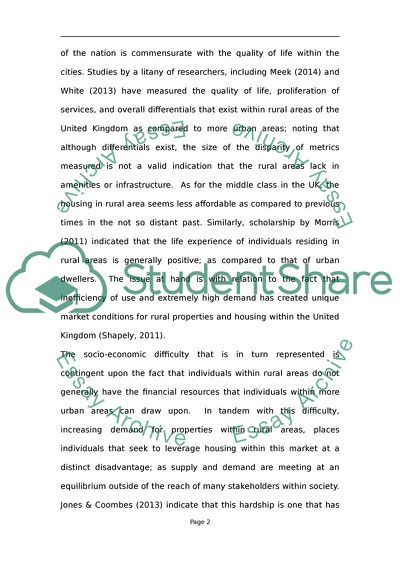Cite this document
(Rural Housing and Government Related Supply in the UK Assignment, n.d.)
Rural Housing and Government Related Supply in the UK Assignment. https://studentshare.org/environmental-studies/1836862-discuss-the-particular-difficulties-of-supplying-general-housing-and-affordable-housing-in-rural-areas-analyze-the-consequences-of-housing-undersupply-for-rural-communities-and-possible-future-remedies
Rural Housing and Government Related Supply in the UK Assignment. https://studentshare.org/environmental-studies/1836862-discuss-the-particular-difficulties-of-supplying-general-housing-and-affordable-housing-in-rural-areas-analyze-the-consequences-of-housing-undersupply-for-rural-communities-and-possible-future-remedies
(Rural Housing and Government Related Supply in the UK Assignment)
Rural Housing and Government Related Supply in the UK Assignment. https://studentshare.org/environmental-studies/1836862-discuss-the-particular-difficulties-of-supplying-general-housing-and-affordable-housing-in-rural-areas-analyze-the-consequences-of-housing-undersupply-for-rural-communities-and-possible-future-remedies.
Rural Housing and Government Related Supply in the UK Assignment. https://studentshare.org/environmental-studies/1836862-discuss-the-particular-difficulties-of-supplying-general-housing-and-affordable-housing-in-rural-areas-analyze-the-consequences-of-housing-undersupply-for-rural-communities-and-possible-future-remedies.
“Rural Housing and Government Related Supply in the UK Assignment”. https://studentshare.org/environmental-studies/1836862-discuss-the-particular-difficulties-of-supplying-general-housing-and-affordable-housing-in-rural-areas-analyze-the-consequences-of-housing-undersupply-for-rural-communities-and-possible-future-remedies.


